Microsoft finally begins shipments of Surface Hub
4 min. read
Published on
Read our disclosure page to find out how can you help Windows Report sustain the editorial team. Read more
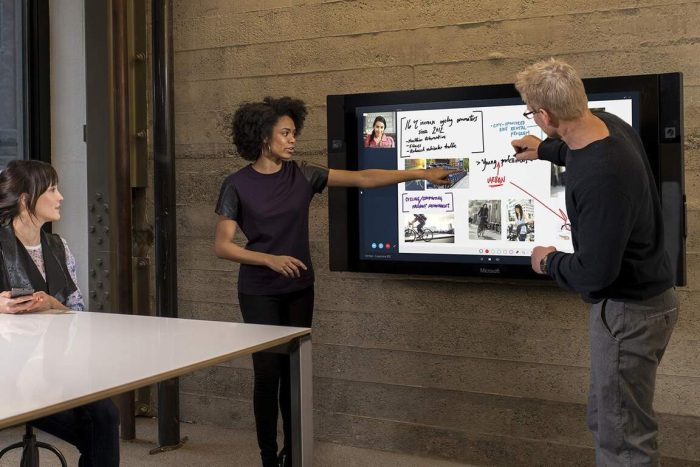
Microsoft’s Surface Hub is one of the more interesting products that the company introduced in 2015 as a member of the Surface line of Windows 10 products. The Surface Hub is Microsoft’s large-screen solution aimed at enabling advanced collaboration solutions, utilizing a giant touchscreen, array microphones, dual cameras, and special software functionality to enable groups to share and interact with information in conference rooms and across distances.
As a very different product with a number of manufacturing concerns to overcome, the Surface Hub has been delayed a few times in making it to market. Pricing has also been an issue, as the product’s cost has steadily increased. Today, however, Microsoft announced on the Microsoft Devices blog that the Surface Hub is, at long last, beginning to ship to its business customers.

Here’s the Surface Hub’s take on the significant of the product to business users:
We are not just releasing a powerful device. We are releasing a team-empowering solution that will make meetings more productive, modernize workflows, and let people engage with data much better. We designed Surface Hub from the ground up for ink and touch, and harnessed the best collaboration and security features of Windows 10, Skype for Business, Office, OneNote and Universal Windows apps. We’ve seen how businesses and disciplines like healthcare, manufacturing, automotive, consulting, defense, finance, education, and design can bring Surface Hub into workspaces to bring a new level of innovation and efficiency to their teams. They can reduce costs and improve effectiveness, compared to legacy AV and presentation technology.
In short, we’ve seen the future of group productivity as we have built this with our partners and customers. We couldn’t be more excited about the future with this new category of product. We also can’t thank our customers and partners enough for their inspiration and contributions in making this product with us.
Along with the announcement, Microsoft highlighted some upcoming use cases in the blog post. For example, the Children’s Hospital of Philadelphia has a Qwaltec-developed solution that turns the Surface Hub into a control center for the medical staff, replacing old-school whiteboards to improve communications, increase collaboration, and generally help the hospital save time and money while improving care.

In addition, the Surface Hub has already demonstrated its cost-effectiveness. According to a Total Economic Impact study that Forrester Consulting conducted on Microsoft’s behalf, early Surface Hub adopters save more the $850,000 (3 year net present value, which includes up-front investments, annual costs, and benefits to help decide if an investment is a good one). These benefits came from improved sales, printing and device purchase savings, and savings in device deployment and management costs.
That’s a good thing, of course, given the Surface Hub’s initial purchase price of $8,999 for the 55-inch version and $21,999 for the 84-inch version. The number of applications that can run well on the Surface Hub is also growing, making the product increasingly attractive for organizations that need to communicate and collaborate more effectively.
The Windows 10 ecosystem is becoming an exciting one, with the unified OS running on everything from the smallest IoT devices up through the Surface, Surface Pro, and Surface book lines, to the Xbox One, and now the huge Surface Hub. All that’s needed to flesh out Microsoft’s line of devices is a Surface Phone, which will hopefully arrive sometime later this year or early in 2017.
Stay tuned to WinBeta for more on Microsoft’s devices. Let us know in the comments what you think about the company’s efforts to build out their own Windows 10 product line.
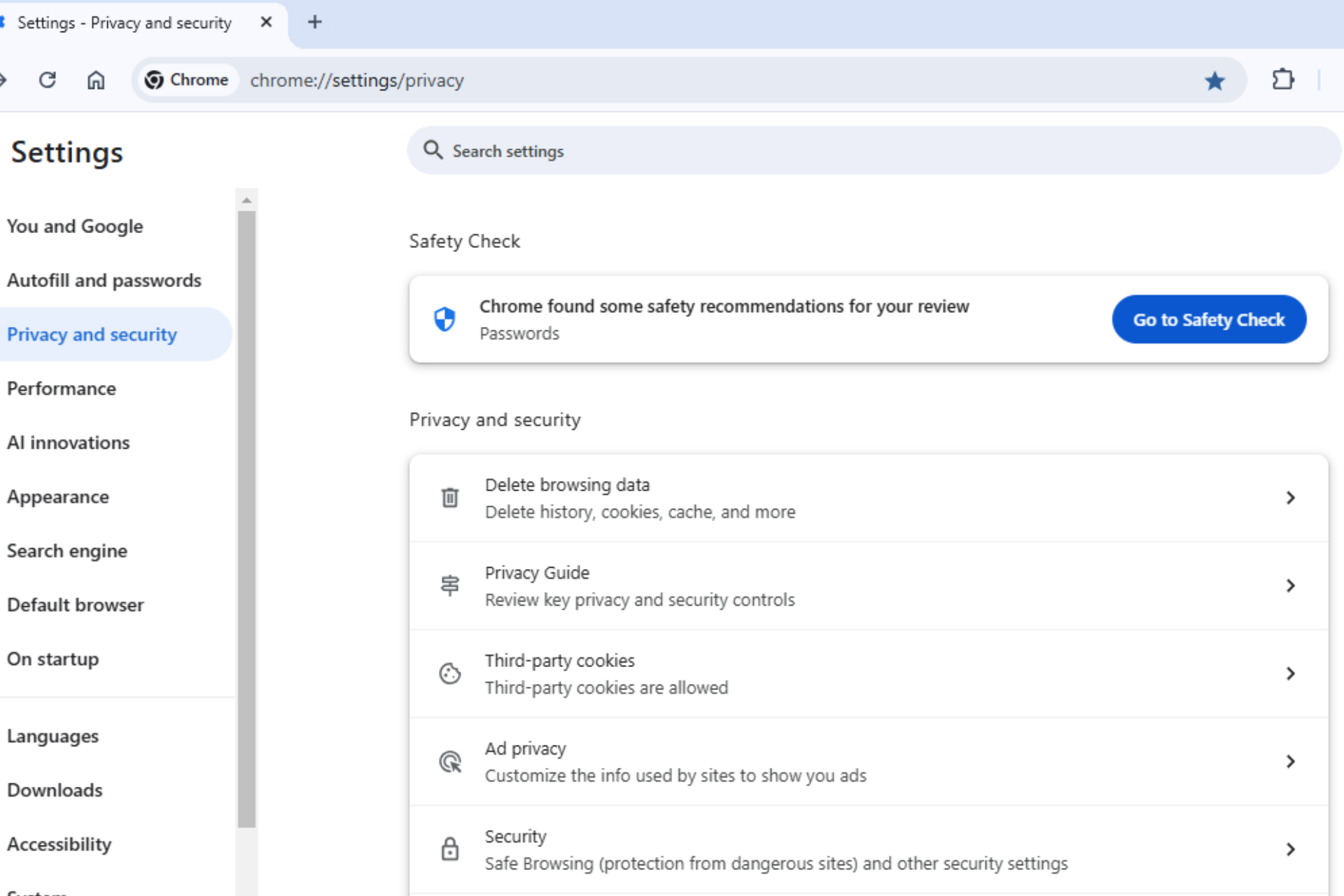
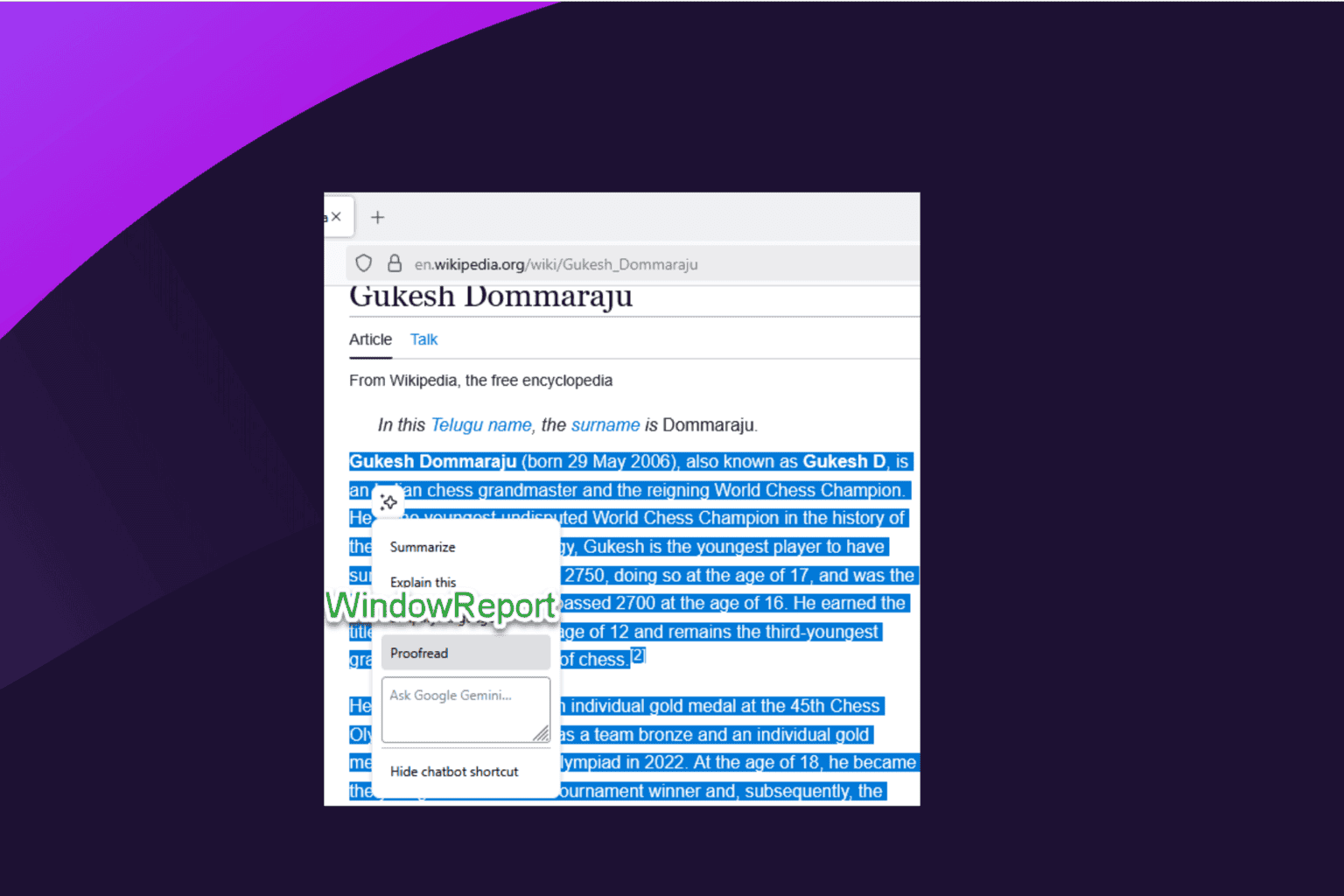
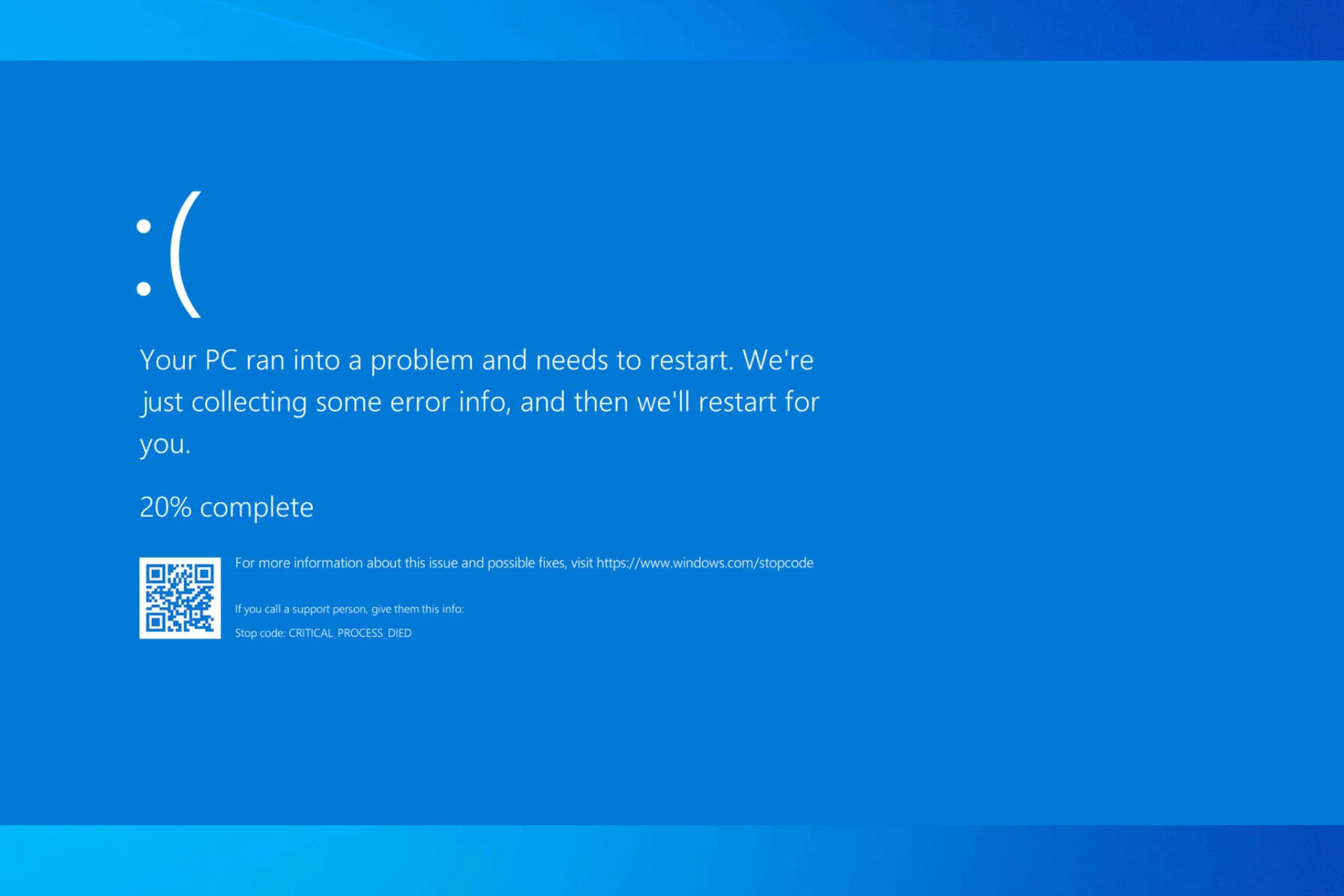
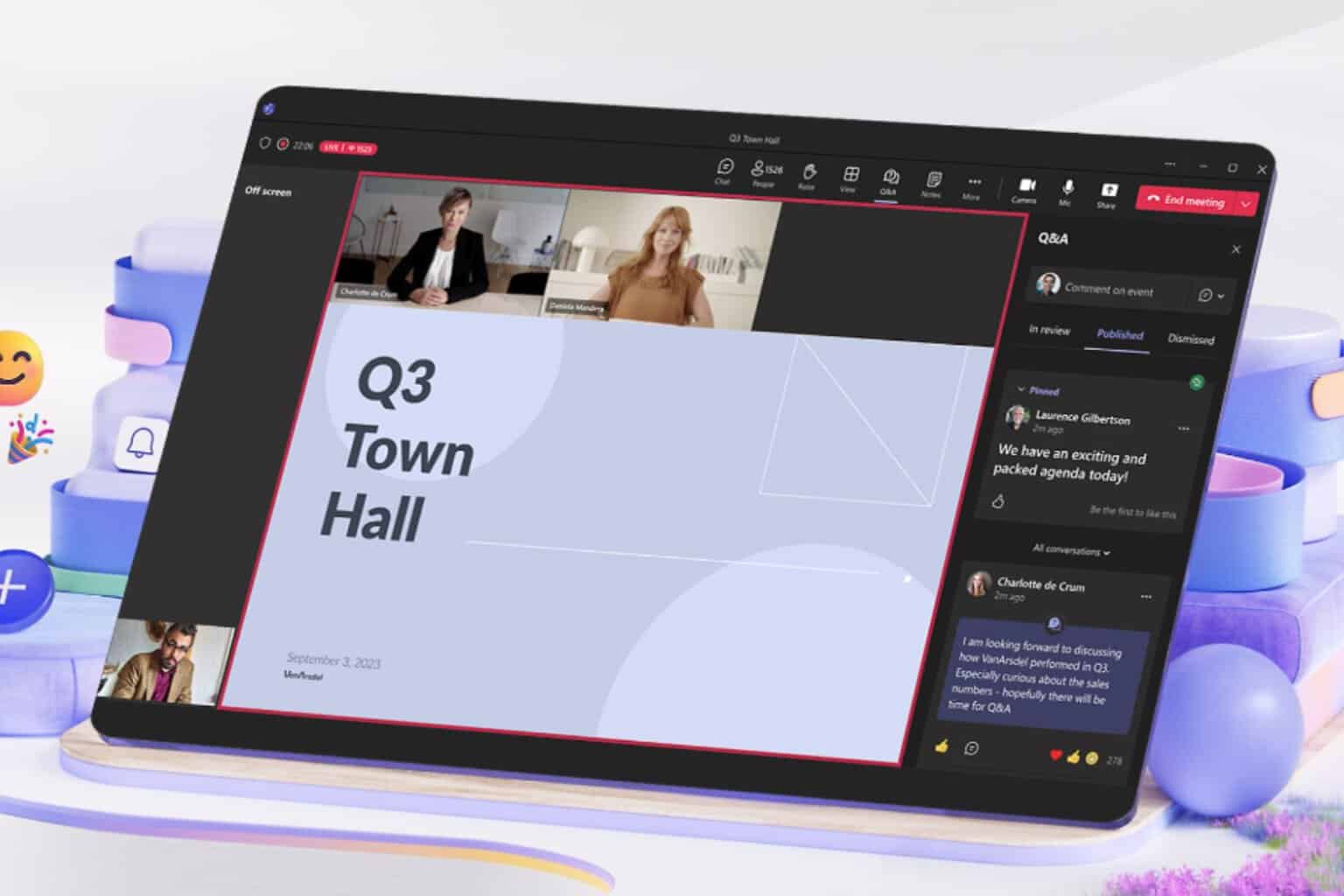




User forum
0 messages